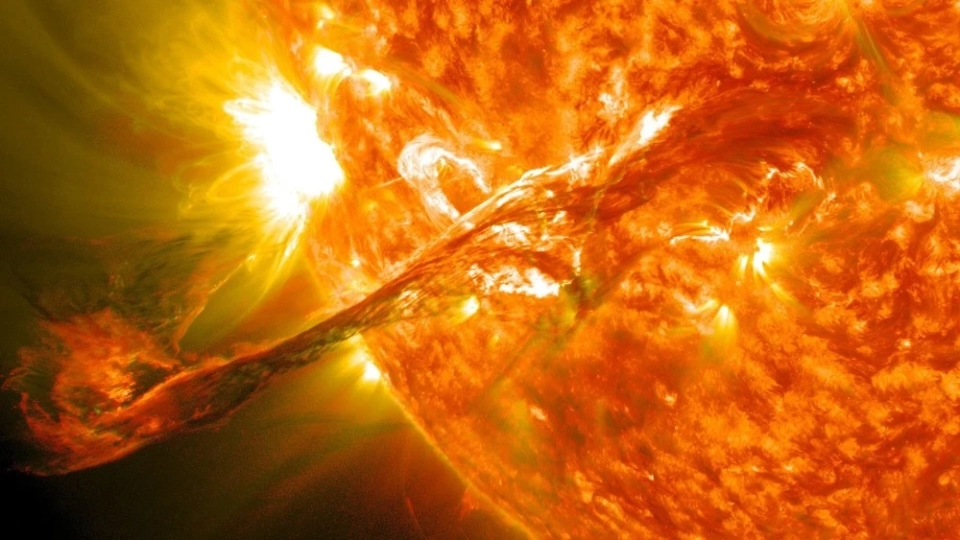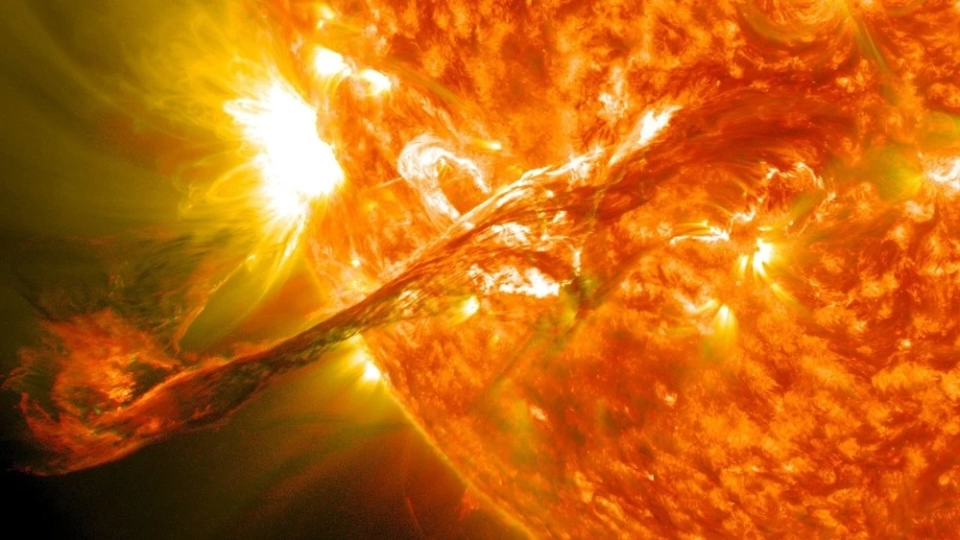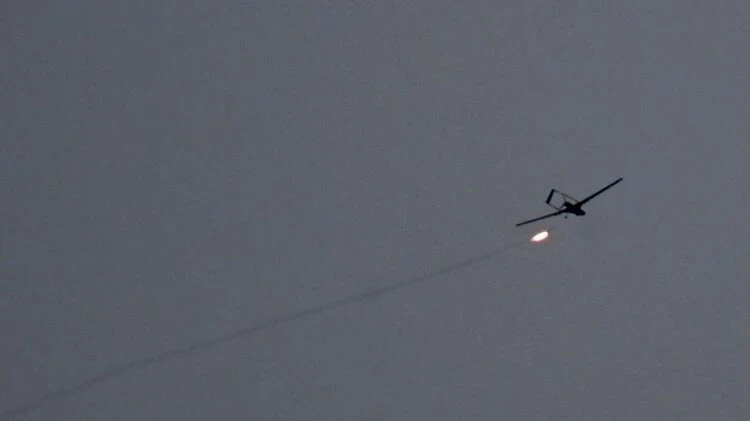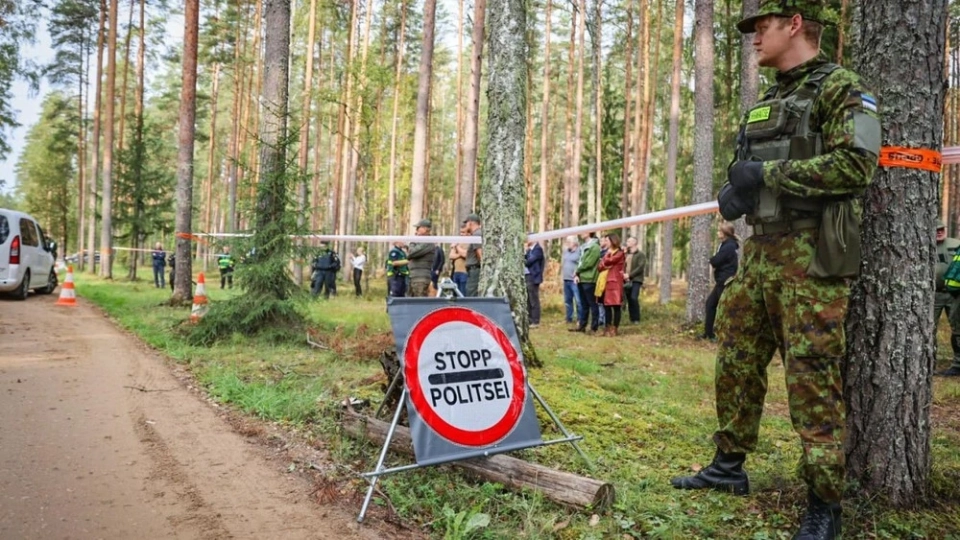At 1:01 Moscow time, an X1.2 (S15E88) flare was recorded, lasting for 33 minutes, as noted in the report. This is already the second significant flare that occurred within 24 hours. Earlier, at 1:44 Moscow time, an M-class flare was registered, lasting for 73 minutes.
Experts from the solar astronomy laboratory of the IKI RAS report that on the night of November 5, two X-class flares occurred: the first was recorded at 20:34 on November 4, and the maximum radiation was observed at 1:01 on November 5.
Solar flares are classified based on the level of X-ray radiation into the following groups: A, B, C, M, and X, where A is the weakest and X is the strongest. Class A0.0 corresponds to 10 nanowatts per square meter in Earth's orbit, and each subsequent class indicates a tenfold increase in power.
- A-class — the least powerful flares, having no noticeable impact on Earth.
- B-class — weak flares that are barely distinguishable against the background of solar radiation.
- C-class — also minor flares, having no significant consequences for our planet.
- M-class — medium-strength flares capable of causing brief radio interference in polar regions and minor radiation storms that pose a danger to astronauts.
- X-class — the most powerful flares, capable of causing prolonged radiation storms that affect satellites, communication, and ground power grids.
The day before, on Tuesday, an M-class flare with a strength of 3.5 also occurred, and the day prior, there were three flares of the same class.



















